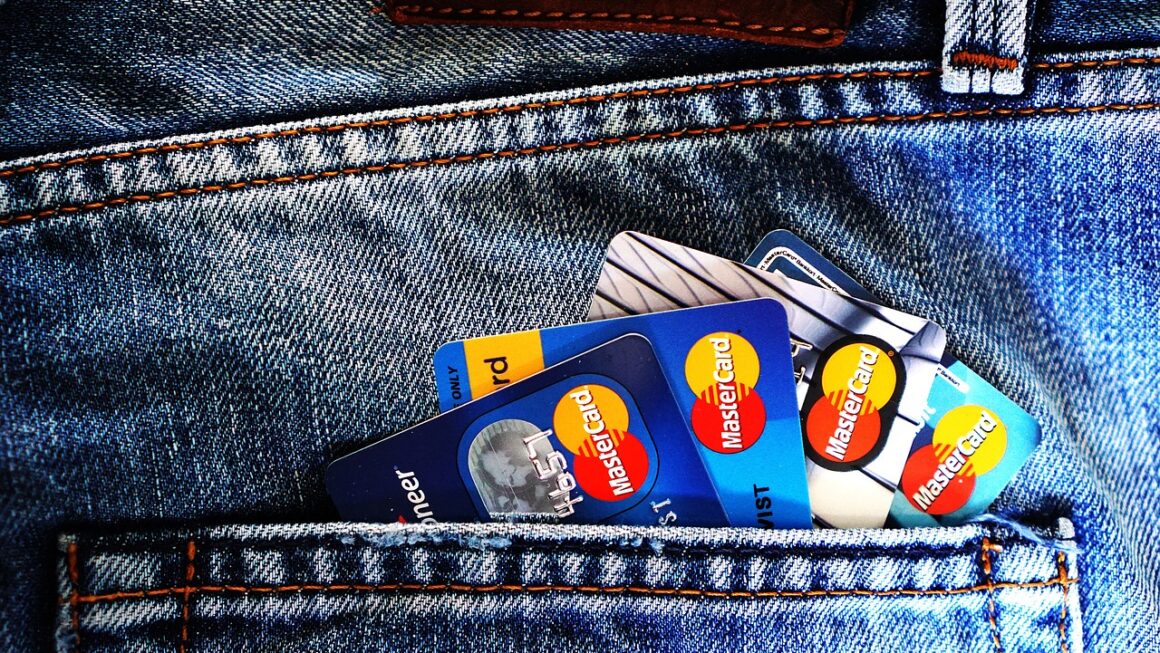Landing freelance graphic design gigs can feel like navigating a complex maze. But with the right strategies and a clear understanding of the market, you can build a thriving career doing what you love. This guide will equip you with the knowledge and tools you need to find, secure, and excel in the world of freelance graphic design.
Understanding the Graphic Design Gig Landscape
Types of Graphic Design Gigs
The realm of graphic design is vast, encompassing a wide array of specializations. Understanding the different types of gigs available can help you focus your efforts and target your ideal clients. Here are some common categories:
- Logo Design & Branding: Creating visual identities for businesses, including logos, color palettes, and brand guidelines.
- Web Design: Designing the visual layout and user interface of websites. Note: this is generally the visual aspect and might not involve actual coding.
- Marketing Collateral: Designing brochures, flyers, posters, social media graphics, and other marketing materials.
- Packaging Design: Creating visually appealing and functional packaging for products.
- Illustration: Producing original illustrations for various purposes, such as books, websites, or marketing materials.
- Print Design: Designing layouts for magazines, books, and other printed materials.
- Motion Graphics: Creating animated graphics for videos, websites, or social media.
- UI/UX Design: Focusing on user interface and user experience, ensuring designs are both visually appealing and user-friendly.
The Freelance Advantage: Flexibility and Control
Freelancing offers graphic designers unparalleled flexibility and control over their careers. This freedom comes with responsibilities, but the rewards can be significant:
- Flexible Hours: Set your own schedule and work when you’re most productive.
- Location Independence: Work from anywhere in the world with an internet connection.
- Project Selection: Choose projects that align with your interests and skills.
- Direct Client Interaction: Build relationships with clients and have more control over the creative process.
- Unlimited Earning Potential: Your income is directly tied to your efforts and expertise. According to Statista, the freelance market is expected to grow significantly, presenting even more opportunities for graphic designers.
Common Platforms for Finding Gigs
The internet has revolutionized how graphic designers find work. Several platforms connect freelancers with potential clients:
- Upwork: A popular platform with a wide range of graphic design gigs, from small tasks to long-term projects.
- Fiverr: Known for its “gig” based system, where designers offer specific services at fixed prices.
- Toptal: Focuses on connecting clients with top-tier freelance talent, including graphic designers. Toptal has a stringent vetting process.
- Dribbble: A design community and platform where designers can showcase their work and find job opportunities.
- Behance: Adobe’s portfolio platform, another great place to showcase your work and attract clients.
- LinkedIn: Build your professional network and search for graphic design jobs posted by companies and recruiters.
Building a Standout Portfolio
Showcase Your Best Work
Your portfolio is your most important marketing tool. It’s the first thing potential clients will look at to assess your skills and style.
- Quality over Quantity: Include only your best work, even if it means having a smaller portfolio.
- Variety is Key: Showcase a range of projects that demonstrate your versatility.
- Focus on Your Niche: If you specialize in a particular area of graphic design, highlight those projects. For instance, if you’re aiming for packaging design gigs, ensure your portfolio heavily features those.
- Case Studies: Include detailed case studies that explain your design process, the client’s needs, and the results you achieved. This showcases your problem-solving abilities.
- Keep it Updated: Regularly update your portfolio with your latest and greatest work.
- Digital Portfolio: Create an online portfolio using platforms like Behance, Dribbble, or your own website.
- PDF Portfolio: Have a downloadable PDF version of your portfolio for easy sharing.
Tailoring Your Portfolio to Specific Niches
Generic portfolios don’t resonate with potential clients as strongly as tailored ones. Adapt your portfolio to showcase your expertise in specific niches:
- Research Industry Trends: Understand the design trends and aesthetics prevalent in your target niche.
- Include Relevant Projects: Prioritize projects that align with the specific requirements of that niche. If you want to get into the food and beverage sector, including projects that are related to that sector.
- Use Industry-Specific Language: When describing your projects, use language that resonates with clients in your target industry.
- Showcase Your Understanding of the Audience: Demonstrate your ability to create designs that appeal to the target audience of your chosen niche.
Writing Compelling Case Studies
Case studies are powerful tools for showcasing your design process and the value you bring to clients.
- Clearly Define the Problem: Start by outlining the client’s needs and the challenges they faced.
- Explain Your Design Process: Describe the steps you took to develop the design solution, including research, brainstorming, and iterations.
- Highlight Your Unique Approach: Showcase your creativity and problem-solving skills.
- Quantify the Results: Whenever possible, provide data to demonstrate the impact of your designs, such as increased sales, brand awareness, or website traffic.
- Client Testimonials: Include quotes from satisfied clients to add credibility to your case studies.
Crafting Effective Proposals and Pitches
Understanding the Client’s Needs
Before you start writing a proposal, take the time to thoroughly understand the client’s needs and objectives.
- Read the Project Brief Carefully: Pay close attention to the details provided in the project description.
- Ask Clarifying Questions: Don’t hesitate to ask the client for more information if anything is unclear.
- Research the Client’s Business: Learn about their industry, target audience, and competitors.
- Identify Their Pain Points: Understand the challenges they’re facing and how your design skills can help them overcome those challenges.
Structuring a Winning Proposal
A well-structured proposal is crucial for making a positive impression on potential clients.
- Introduction: Introduce yourself and your company, and express your interest in the project.
- Understanding of the Project: Demonstrate your understanding of the client’s needs and objectives.
- Proposed Solution: Outline your proposed design solution, including the deliverables and timeline.
- Pricing: Provide a clear and detailed breakdown of your fees.
- Portfolio: Include links to relevant projects in your portfolio.
- Call to Action: Encourage the client to take the next step, such as scheduling a call or signing the contract.
Pricing Strategies for Freelance Graphic Designers
Determining your pricing can be a tricky balance. You need to price yourself competitively while still valuing your time and expertise. Here’s how:
- Hourly Rate: Charge an hourly rate for your time. Research industry standards and adjust your rate based on your experience and skill level. This rate could vary based on the project complexity.
- Project-Based Pricing: Provide a fixed price for the entire project. This requires a clear understanding of the scope of work.
- Value-Based Pricing: Charge based on the value your designs bring to the client’s business. This is more complex but can be very lucrative if done right.
- Consider Your Expenses: Factor in your operating costs, such as software subscriptions, equipment, and marketing expenses.
- Negotiate Fairly: Be open to negotiation, but don’t undersell yourself. Know your worth and be prepared to walk away if the client’s budget is unrealistic.
Managing Projects and Client Relationships
Communication is Key
Maintaining open and clear communication is essential for building strong client relationships.
- Regular Updates: Keep your clients informed of your progress throughout the project.
- Prompt Responses: Respond to emails and phone calls in a timely manner.
- Clear Explanations: Explain your design decisions clearly and concisely.
- Active Listening: Pay attention to your client’s feedback and address their concerns.
- Utilize Project Management Tools: Tools like Asana, Trello, or Basecamp can help you stay organized and keep your clients informed.
Setting Expectations and Boundaries
Clearly define your scope of work, deadlines, and payment terms from the outset. This will prevent misunderstandings and ensure a smooth project.
- Detailed Contracts: Use a written contract that outlines the scope of work, deliverables, timeline, payment terms, and ownership of the designs.
- Revisions Policy: Clearly define the number of revisions included in your price and the cost of additional revisions.
- Deadlines: Set realistic deadlines and communicate them to your clients.
- Availability: Set clear boundaries around your availability and working hours.
Handling Revisions and Feedback
Revisions are a normal part of the design process. Approach them with a positive attitude and a willingness to collaborate with your clients.
- Be Open to Feedback: Listen to your client’s feedback and try to understand their perspective.
- Ask Clarifying Questions: If you’re unsure about something, ask the client for more information.
- Provide Explanations: Explain why you made certain design decisions.
- Be Flexible: Be willing to make reasonable revisions to meet the client’s needs.
- Document Everything: Keep a record of all revisions and feedback.
Conclusion
Securing graphic design gigs requires a combination of skill, strategy, and persistence. By building a standout portfolio, crafting effective proposals, and managing client relationships effectively, you can establish a thriving freelance career. Remember to continually adapt to industry trends and invest in your professional development. With the right approach, you can transform your passion for graphic design into a rewarding and successful business.




